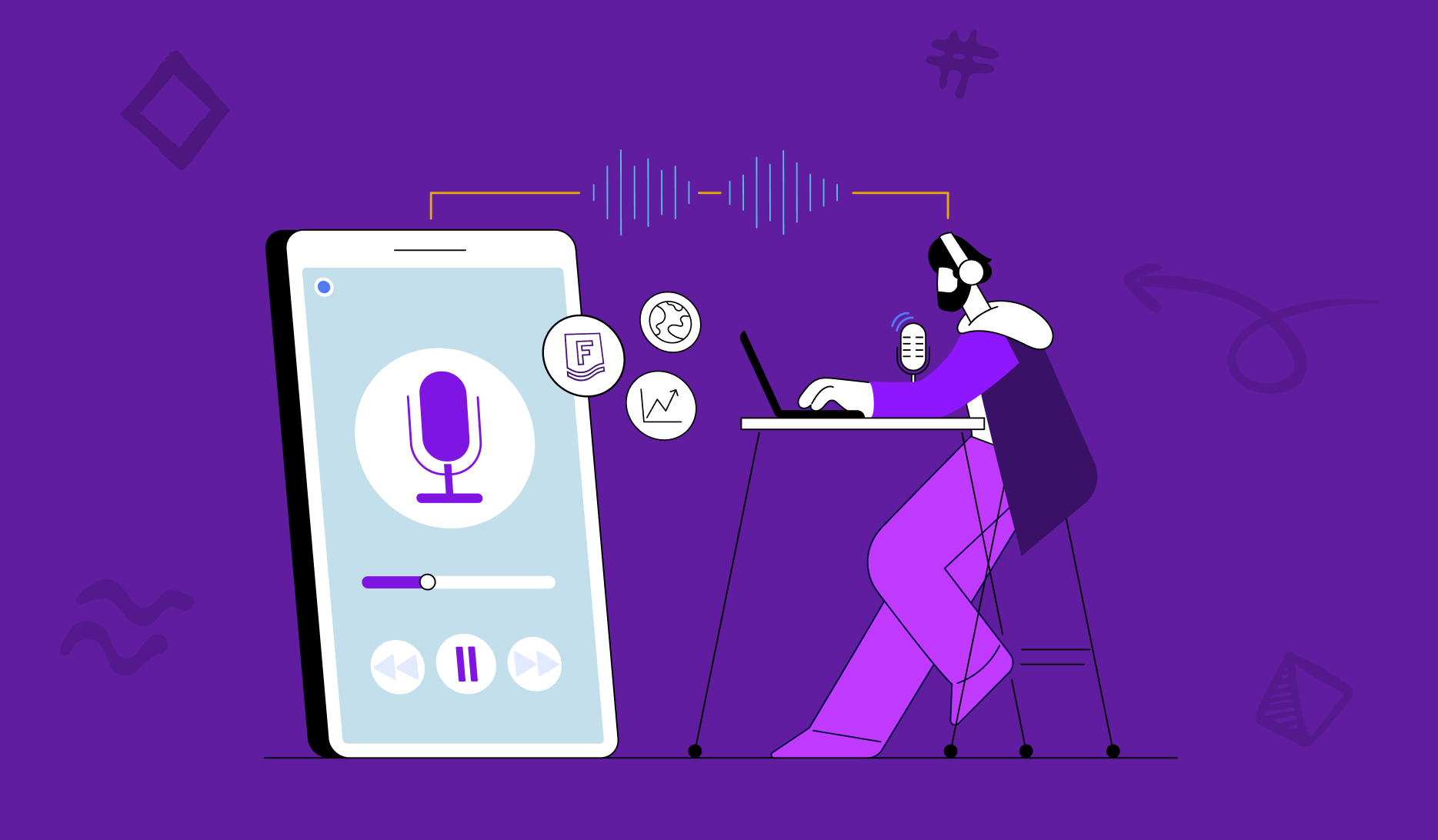AI in HR: Keeping the 'Human' in Human Resources

-p-800.png)
Let’s face it: artificial intelligence (AI) is everywhere. It's in your phone, your Netflix suggestions, and probably even in your smart fridge yelling at you to stop midnight snacking. Now, it's also seeping into the screens of Human Resources (HR). And while we could embrace change and let AI do all the work, there's one tiny catch—HR is about people. Actual humans. So, how can we use AI tactfully in HR without making our workplaces feel like a dystopian sci-fi flick where humans are just numbers in a database?
First: Let’s Set the Scene...
Picture this: You’re an HR manager, and you’ve got a hundred resumes to review for that “unicorn” role your CEO won’t stop talking about. You could skim them all yourself, or you could let an AI do it in half the time. AI tools can screen resumes in seconds, finding candidates whose skills match perfectly. Time saved, right?
But here’s where we have to pump the brakes: AI doesn’t understand humans the way we do. It doesn’t know that the person who left a two-month gap on their resume was doing something meaningful—like launching a side business or taking a mental health break. AI won’t pick up on that spark in a cover letter that screams "I’m perfect for this job!" because algorithms aren't wired for nuance. They can spot skills and keywords but miss out on the soft stuff that makes a person, well, a person.
It’s Not All Doom and Gloom: How AI Rocks at Repetitive Stuff
Don’t get us wrong—AI is not the evil bot it's sometimes made out to be. When used right, it can be an HR easy-button (remember those?). AI excels at the nitty-gritty stuff that makes your brain want to snooze—like sorting through paperwork, automating interview scheduling, or even sending friendly nudges when employees forget to submit their time-off requests.
In fact, AI can help HR be more “human” by freeing up time for real conversations. If your AI is managing the mundane, you can focus on connecting with employees and developing culture.
The Trick? Keep It Balanced, People
Here’s where you’ve got to be savvy: you can’t just let AI run the show. Otherwise, you risk turning your HR department into something that resembles a call center menu—press 1 for payroll, press 2 to complain about your manager. Nobody wants that. AI is a tool, not the captain of the ship.
The key to tactfully using AI in HR is balance. It’s knowing when to let the bots handle the boring and when to step up for the important stuff. Use AI to shortlist candidates, but make sure a human does the interviewing. Let AI flag burnout risks based on employee activity, but have real managers follow up with heartfelt check-ins. You get the picture. AI can help make HR more efficient, but people are what make it effective.
Avoid the Data Pitfalls: More Than Numbers on a Spreadsheet
One of the best things about AI is its ability to handle data, which is, let's admit, HR’s worst nightmare. Performance metrics, engagement stats, turnover rates—there’s a lot of data to wrangle. But just because AI can churn through that data faster than a caffeinated intern doesn’t mean you should blindly trust it.
AI can find trends, sure. It can tell you that workers in department X are clocking out earlier, or that the newbies seem less engaged. But it can’t tell you why. That’s where the human touch is essential. You have to use the data AI provides as a conversation starter, not the final word. Employee number 12345 might look disengaged on a chart, but maybe they’re just going through a tough time, and a friendly chat will do more good than any AI dashboard.
Final Thoughts: Use AI as a Wingman, Not the Boss
At the end of the day, AI in HR is a lot like using a GPS. It’ll show you the fastest route, but you’ve got to be the one behind the wheel, deciding whether to take a scenic detour or stop for coffee. AI can streamline processes, give you valuable insights, and handle repetitive tasks, but it’s the human interactions that make HR what it is: a people-first department.
So, as we dive headfirst into the AI era, let’s remember: we can let AI help us in HR, but it’s up to us to keep it human. Let AI be your trusty sidekick—just don’t hand over your cape.

